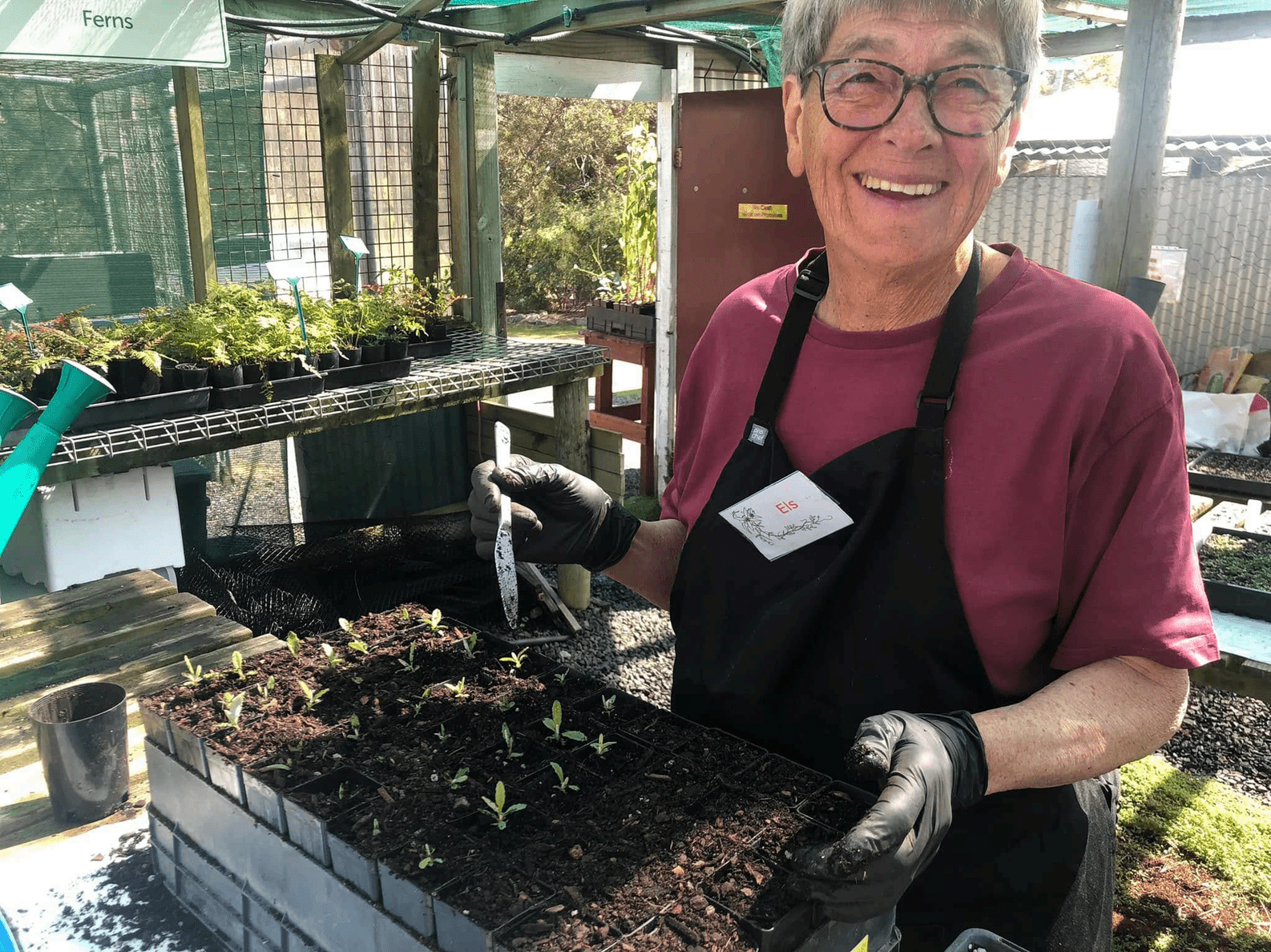Learn about the Understorey Network including what we do, our team, organisations we work with and more.
The Understorey Network (USN) is a not-for-profit community organisation and registered charity, focusing on propagating, preserving and promoting the value of Tasmanian understorey plants.
Our motto: It is not the full story without the understorey.
Our mission: To preserve and build diversity in Tasmania’s natural environment by producing quality Tasmanian native plants through community participation and education.
Our vision: Tasmanian communities effectively conserving and restoring their natural environment.
We aim to propagate, preserve and promote Tasmanian understorey native plants, by expanding our native seed bank collections, supporting habitat restoration projects and promoting ecological land management practices.
Our objectives are to:
We aim to bring people together for environmental change. Through community education and participation, the Understorey Network provides a vital contribution to the restoration of Tasmania's natural environment.
Our objectives are to:

In 1994, the Understorey Network (USN) was set up as a not-for-profit community organisation, focusing on propagating, preserving and promoting the value of Tasmanian understorey plants. It was based on the South Australian group Trees for Life, where home growers propagate a wide variety of plants for landholders to enhance habitat values. A coordinator was employed to run workshops in seed collecting and propagating native plants, as well as to coordinate landowners with home growers.
In 2006, the USN took on a nursery at Tolosa Park, Glenorchy. Over the years, with volunteers’ help, the nursery expanded with improved site facilities.
From 2016-2021, Conservation Volunteers Australia (CVA) took over running the nursery and the USN. The Growers Scheme ceased, with the focus on the nursery and the adjacent bushland garden.
In 2021, when CVA was no longer able to support the nursery and USN, the nursery volunteers formed a committee and kept the nursery open and running. In 2023, the Grower’s Scheme was relaunched with support from the Tasmanian Community Fund. Instead of growing for revegetation projects, growers now grow in home gardens, schools and community sites.
In June 2024, a five-year site license was secured with Glenorchy City Council, ensuring the continuation of the USN at the Tolosa Park site.
The Understorey Network is an ACNC registered charity. Understorey Network Inc | ACNC